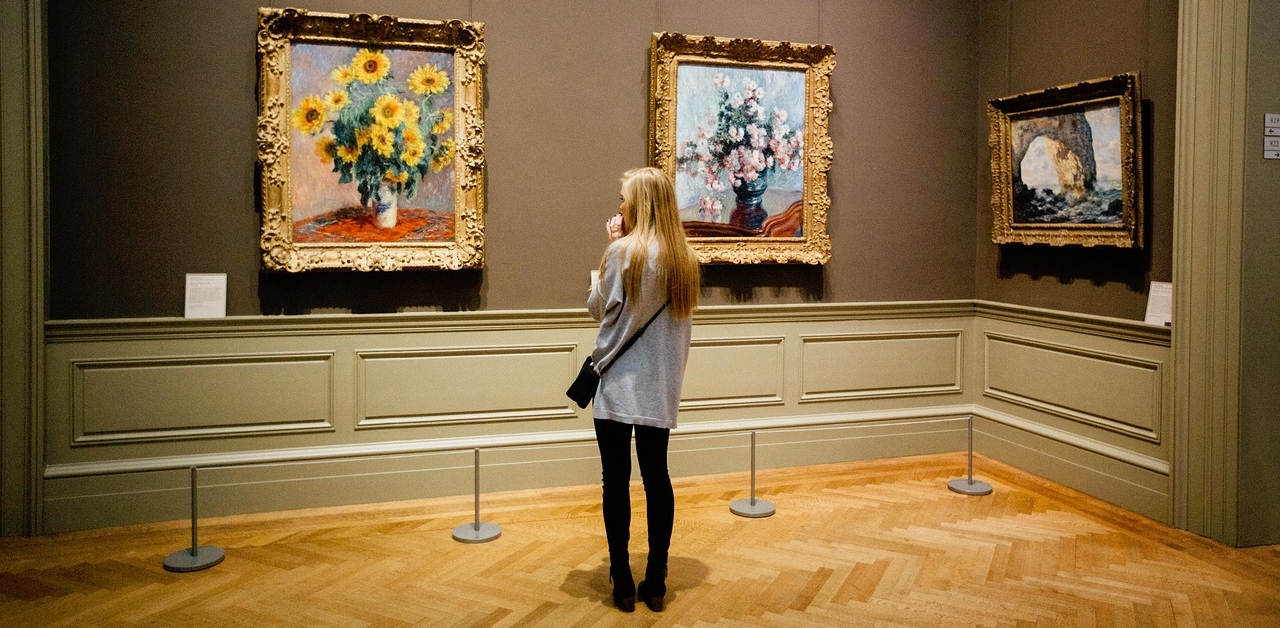
This Week’s Insights: How do you measure the “purpose” of art?… Should museums care how much time visitors spend looking?… Why MoviePass was doomed… The new YouTube book stars… Some good news about publishing sales.
- Funders Challenge The Arts For A Purpose: And what should that purpose be? Is it enough to be really excellent? And what (or who) defines that excellence? And if it’s excellent and few people want to see it, should it get funding? And even if people see it, what kind of impact does it make on them or on their community? These are difficult things to measure, and yet we live in a world that increasingly wants to measure things. In one study, authors found that the average arts and culture organization in the U.S. engaged with 13.4 percent of its local population, either in person or online, in 2013. At the same time, the authors noted that their metric of ‘total touch points’ does not reveal the duration, depth or quality of engagement each person has with the organization.
- How Much Should Museums Try To Control An Experience? Typical visitors to museums spend little time in front of the art itself. “Studies of museum visitors have shown that people look at artworks very quickly, spending maybe five seconds or less per painting,” says Brent Benjamin, director of the Saint Louis Art Museum. So is this a problem? Should museums work on getting their patrons to spend more time in front of the art?
- Why MoviePass Was Doomed: Sell movie tickets as a subscription? Like Netflix? Like memberships? Sounded like a great idea, and millions of movie-lovers signed up for MoviePass’s all-you-can-see offer. So why did the whole scheme quickly unravel this week? Felix Salmon writes: “The easy answer is: It was selling dollars for a dime, and you can’t do that for very long until you go bust. … The company burned cash until it didn’t have any cash left to burn and fizzled out. But in the spirit of Chesterton’s fence, it’s worth looking at the thesis behind MoviePass, and to try to make a distinction between the calculated risks that just didn’t pan out, on the one hand, and the crazy ideas that were never going to work, on the other.”
- Videos About Books Are Hot (and Making New Vlog Stars): A new generation of book bloggers has migrated to YouTube. And they’re getting big followings. Christine Riccio, the most popular of the bunch: “I was reading a lot of books, and I had no one to discuss them with. I was like, ‘I’ll be lucky if I ever get 500 subscribers over here.’” She now has more than 400,000. Reporter Concepción de León meets Riccio and several of her fellows at VidCon (yes, it’s sort of like ComicCon, but for videomakers).
- Some Good News About Book Sales (And What’s Selling): First, publishing sales are up overall by 5.5 percent. But what’s interesting in the numbers is where the gains are. Downloadable audio is up 36 percent, while hardcover print is up 11.8 percent. More interestingly, sales of non-fiction books that are intellectually weighty are surging. Why? Basically, blame our ‘interesting’ times: “We’re living in a world that suddenly seems less certain than it did even two years ago, and the natural reaction is for people to try and find out as much about it as possible. … People have a hunger both for information and facts, and for nuanced exploration of issues, of a sort that books are in a prime position to provide.”
Leave a Reply